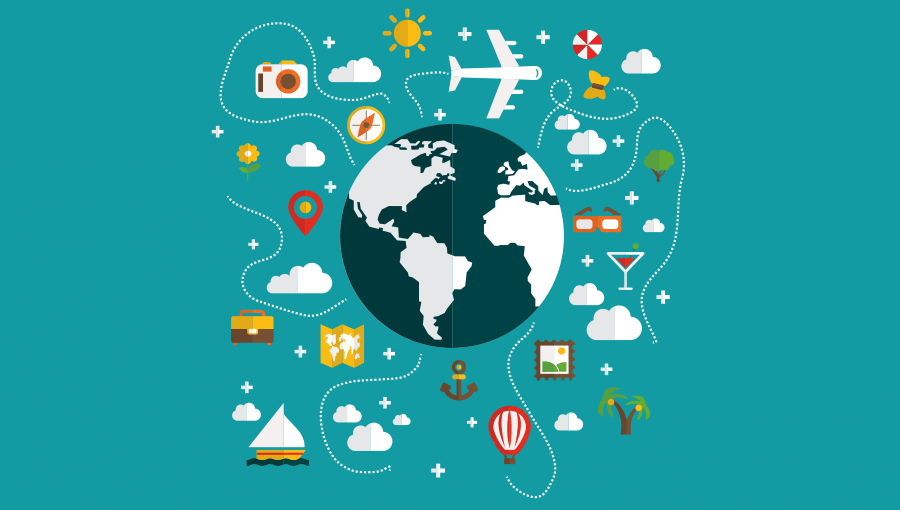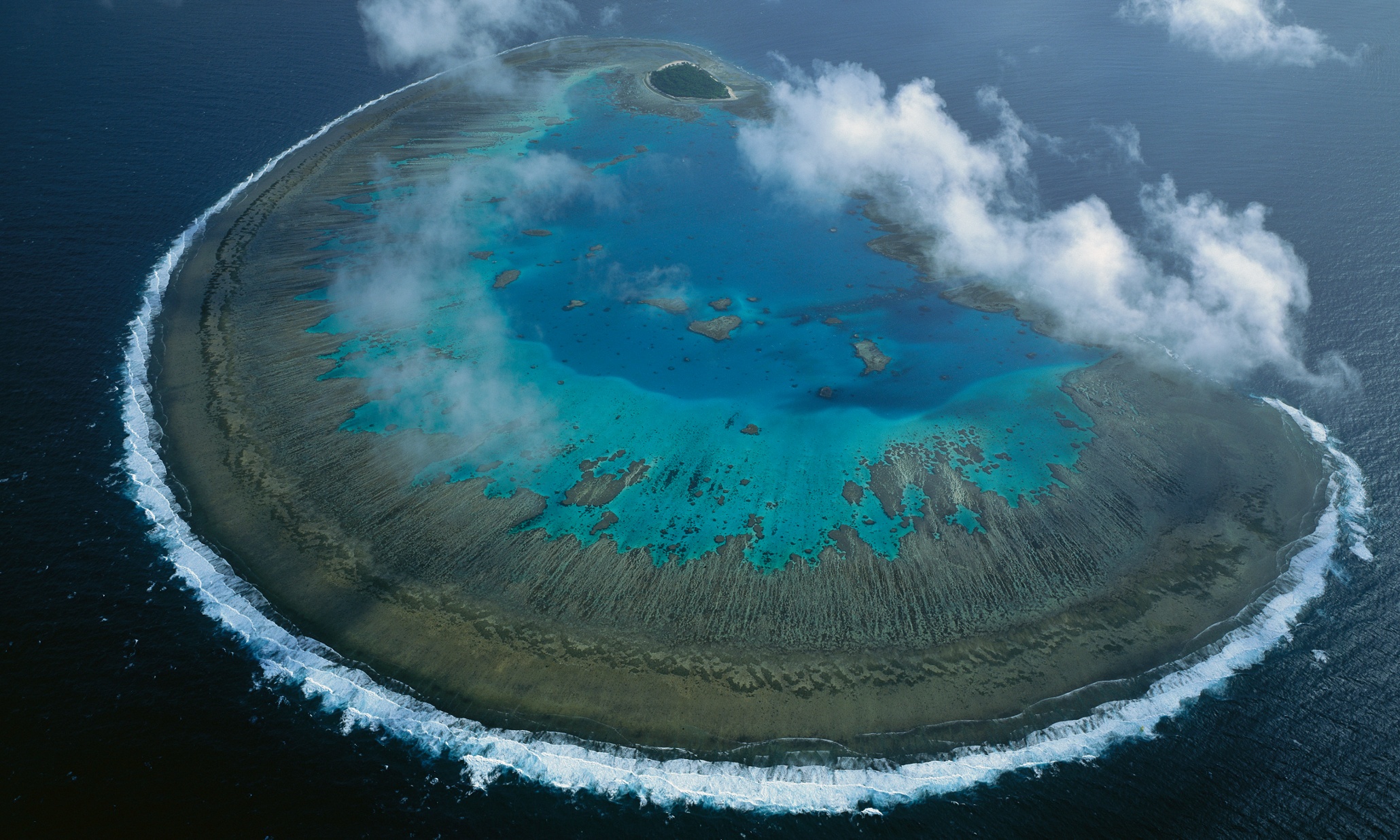This post may contain affiliate links. We may earn money or products from the highlighted keywords or companies or banners mentioned in this post.
Suzanne Moore visits Istanbul’s KidZania
“You don’t expect me to enjoy this, do you?” she says.
“Yes, I bloody well do. That’s why we have come here.”
I am standing outside a shopping mall on the outskirts of Istanbul trying to gee up my 13-year-old daughter. We are about to go to KidZania, a new kind of theme park for children from four to 14. We have been flown out to Turkey and driven over the Bosphorous to see the reality of a city built for children. Soon another KidZania will open at the Westfield shopping mall in London.
There has been much burble about this innovative kind of children’s entertainment. It’s a theme park with no rides, where you learn stuff. Or as the bumph says: “KidZania London will be the UK’s first educational entertainment experience, offering kids the opportunity to learn over 60 unique and exciting professions – turning dreams into reality.”
Dreams versus reality. All kids dream of being adults. All adults dream of time off from their kids. And there is gold in them there dreams.
The London KidZania will simply be a version of this one in Istanbul. Or we could be in Lisbon or Dubai or Jakarta or Tokyo. For KidZania is a monumentally successful global concept called “edutainment”. There is nothing you cannot sell to parents, it seems to me, as long as you say it is somehow “educational”.
Unlike the average theme park full of rides, thrills and junk food, this one operates as a mini-city for children, where they go and work. Yes, work. They can be a fireman or a doctor or a TV presenter or a model or a cashier. They are paid in kidZos, KidZania’s own currency, which they can save in the KidZania bank or spend on crap in the KidZania shop. It is like Lilliput refashioned by JG Ballard.
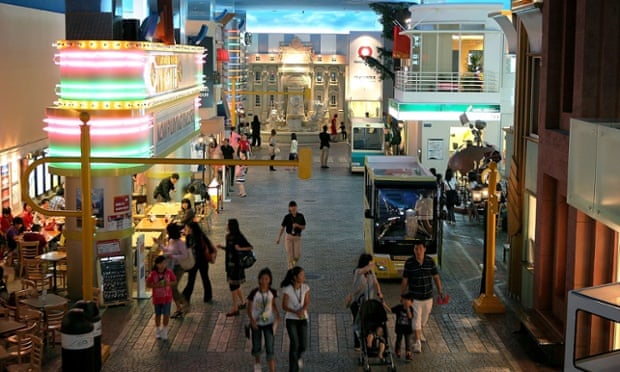
Photograph: Kiyoshi Ota/Getty Images
We check in via a pretend airline desk and are tagged with bracelets. Theoretically parents go off and let their children navigate this simulacrum of a city state, which looks more like a shopping centre than a city.
We wander around as A goes to the bank to get her money for the jobs she will pay to do. “Pilot,” I say in a fake wave of enthusiasm. She duly dons a jacket and a cap and a weird hairnet – they are big on weird hairnets – and has a go on a flight simulator, which is basically an unsophisticated arcade game.
Some smaller children run round excitedly, nabbing the best jobs. The little boys want to be firemen. They sit in line watching fire safety videos, again with hairnets, worn under their helmets. They get in a fire engine when the alarm goes off and are driven about by adults, herded off the cart and instructed to spray real water at pretend flames.
They like it. They are seven. Why not? But there is no autonomy. And every child is shadowed by a parent filming them. There really is no need for tagging kids for safety these days – the law of modern parenting is that you must film your child having “fun” 24/7. Perhaps English parents will be less hands-on than Turkish ones, but I doubt it.
We are looking for stuff to do. “When they said four to 14, you know that means 12, really,” sighs my world-weary daughter.
I had promised her that there would be things she liked and that some people would speak English. As all the jobs have to be explained to the mini-workers; there is a limit to how much she can engage with the Turkish-speaking crowd here. Nonetheless she learns how to make a Domino’s pizza in the Domino’s franchise. When I say learns, I mean she dons the hairnet, is given a lump of pre-prepared dough and sticks some sweetcorn on it. It tastes just like a Domino’s pizza.
While she is preparing it I watch some younger kids whizz about delivering Coke. They have chosen to work in the Coca-Cola depot. Dream big, I think. Though I see kids gathered round dummies pretending to be doctors or dentists, every activity seems to consist of an adult instructing kids on how to do their job.
Nothing is spontaneous. This is child’s play, adeptly monetised; make-believe only if you believe what you are told. It’s not all terrible. Some kids are enjoying themselves. It’s just completely airless.
Sadly nobody is in the mini-nightclub, so I don’t know what professions are on offer there. Bouncer? Pole dancer?
The corporate brilliance of KidZania is evident. You find a shopping mall in any big metropolis surrounded by young professional families and basically offer childcare in the name of education. Sessions here are four hours long and ticket prices in London will go from £10 to about £28. They anticipate a big market in school trips.
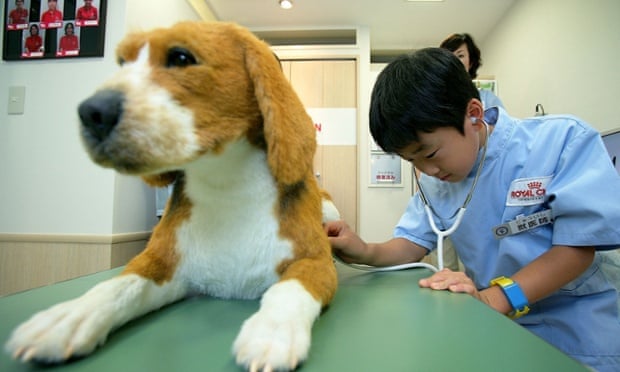
Photograph: Kiyoshi Ota/Getty Images
A third of their profits are from the brands that pay to participate. That appears to be a lot like advertising to children, but magically they say it isn’t. The brands bang on as though they are philanthropists rather than brands seeking to lock down kids as consumers as soon as they can toddle to the pretend bank. In London, for instance, children will be able to make Innocent smoothies or muesli with Eat Natural. They will learn about car engines with Renault. This makes it all the more real, apparently, and helps kids “understand the nature of work”.
I am not snotty about theme parks. I am a veteran of Thorpe Park and what my middle daughter called Neurodisney. But here I feel disappointed, rather as I did when I first went to Center Parcs: it wasn’t the future all under a plastic dome – it was chalets, terrible weather and activities. My imagination outstrips the reality of KidZania, too: it is not a mini-state or anarcho-syndicalist paradise with children running the show but an utterly controlled environment.
As childcare goes, KidZania is fine; not as good as reading, but not bad. It is, however, uncreative and strangely un-childcentred –the opposite of how it is sold. The mini-artists are given the gear and an easel on which there is a drawing that they colour in.
KidZania was dreamed up by a Mexican entrepreneur, Xavier López Ancona, who started the first outranch in 1999 attached to Centro Santa Fe shopping centre in Mexico City. Xavier is single and enjoys travelling and “has a deep commitment with Mexico, the society and the children of the world”. Xavier’s insight was that kids left to their own devices play make-believe games, pretending to be grown-ups. “Nobody owns role playing,” as he has said. From Kuala Lumpur to Seoul to Lisbon, he has been proved correct. In Tokyo there are long queues and people arrive hours before the doors open.
The launch in London has been accompanied by all kinds of promises about interactive learning. The UK chairman, Joel Cadbury (whose family knows a thing or two about child-friendly branding), and his business partner Ollie Vigors are evangelical about this amazing concept. Ollie speaks excitedly about how children can learn how to work in a frozen-food factory, unlocking the exciting secrets of packaging and flash-freezing. Whose children, I wonder. And again I am perturbed that “work” is being sold as leisure. This entire experience, I am told, is made more “memorable by the partnerships we have made with businesses” .
The essential problem, though, is that this is all being promoted as interactive role play, giving children key skills that are “relevant” to the national curriculum. There is loads of talk about children finding their own “pathways” and “narratives”. If that narrative involves donning a hairnet to work in a fast-food joint, this is true. But any sense of imagination is absent. Perhaps it is the ultimate introduction to the world of work after all.
We watch yet another video containing the management-speak that infants must now be party to: empowerment, vision and resilience. Spare me. Success here means making money in KidZania to spend on the utter rubbish in the KidZania gift shop. The kids are the means of production and thus money is made from children messing about. With no mess.
We leave this pretend city of children and go out into the shopping mall. We could be anywhere in the world. The globalised nature of all our desires is met. I want a flat white from Starbucks and to go to Carluccio’s. A wants to look in Gap and Muji. Once it was enough to stick her under a mountain of plastic balls and buy unbiddable flat packs in Ikea. Now we will pay for them to learn to work as we shop. They get to make an Innocent smoothie and pay for the privilege. We all do as we are told. Shop, pay, work, pay, play, pay in a world where everything is branded. Will KidZania be a success? I don’t doubt it will. Will it prepare kids for the future? Sure. A future that my daughter and I could not escape fast enough.
Abigail Haworth visits Bangkok’s KidZania
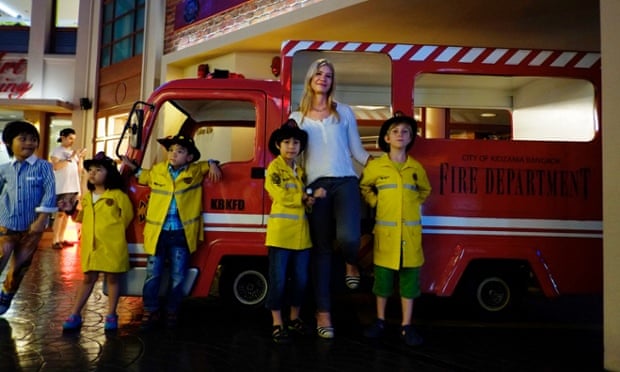
KidZania opened in Bangkok to much local fanfare a year ago. The digital sky with clouds that curdle before your eyes is unsettling and there’s a sitcom-like jingle playing on a tortuous loop. But my eight-year-old son Sacha and his Thai-Norwegian friend Trym, also eight, love it. Now on their third visit together, they grasp that playing at the jobs here is far removed from adult drudgery. “It’s called KidZania, Mummy. It’s supposed to be fun,” says Sacha. “And there are no bosses telling you off,” adds Trym.
How lightly they take the notion of learning real skills from the occupations on offer is clear from the moment they rush inside. They queue to be airline pilots at the flight simulation centre while I join other parents facing short-term redundancy on fake wooden benches. They emerge flushed and giggling 20 minutes later. “We pulled up the landing wheels when the plane was coming down and made it crash on the runway,” they babble in unison. “It was brilliant.”
It’s taken having one of my own for me to realise that eight-year-old boys are not obnoxious. They just live in their own apocalyptic universe. Still reeling from the discovery, at around the age of six, that their beloved dinosaurs were wiped off the planet by an asteroid, their games involve two things only: saving the world or destroying it. Their imaginations are populated with superheroes, evil geniuses, mutant animals and androids that exterminate anyone who mentions homework. At this age, places like KidZania are mere backdrops.
So is growing up in Bangkok away from the tourist bubble. Since Sacha and Trym were born here six weeks apart, they have lived through two military coups and frequent civil strife. During deadly violence in 2010, pro-government snipers commandeered the climbing frames in their favourite park. The following year, waist-high floods paralysed parts of the capital for three months. Sacha, then five, took to wearing his swimming goggles to the supermarket “in case we have to swim home”.

We tend to take our harmless fun where we find it – even if, like KidZania, it’s on the top floor of the next scourge devouring Bangkok, a giant shopping mall. It’s sweet to see the simple pleasure the boys take in donning blue polyester shirts and becoming postal workers making “important deliveries”. After a tussle of gangly limbs over who should carry the clipboard and who should push the trolley (they agree to swap roles halfway through), they set off to deliver packages to different businesses around the venue. For all I know – I stay back, like an obedient parent – they could be pretending their cargo contains exploding cockroaches, but it all looks innocent enough.
The mini-city has a few jobs with local flavour, including fortune telling (Thailand’s military prime minister is a devotee) and working in a peanut snack factory. Today it’s also scarily successful at mirroring the current state of the nation under junta-led rule. It’s a Sunday, the busiest day, yet the newspaper claiming to be “the voice of the kidz”, the KidZania Journal, is closed. So is the mock courtroom promising “justice and fairness”. The Thai staff just smile and shrug when I ask why. Meanwhile the police station and prison are buzzing with action.
The peanut snack factory is a surprise hit. Resembling a launderette from outside, it’s all shiny metal drums and workers in white coats. Sacha and Trym learn how to sort good from bad peanuts, coat them with sugared coconut and then seal them in foil bags. The Thai-owned Koh-Kae snack company’s branding is as glaring here as it is everywhere else in KidZania, from the Coke bottling plant to the Honda car dealership. Still, the boys seem more interested in the process than the end product. “I learned something new about peanuts,” says Trym.
It’s hard to argue with that. The irony is, in Thailand you have to be rich to do the jobs on offer at KidZania. For a family of four, entry costs 2,660 baht, or close to one week’s salary for the average worker. Sacha and Trym’s previous two visits were birthday treats. I’d probably take them again on special occasions, if only because resistance seems futile.
At the end of the afternoon we descend the escalators into the five-floor “lifestyle-entertainment complex” below. This one right in the city’s heart is called Paragon. Disgruntled at returning to the real world, Sacha gives it a new name as we walk through its acres of boutiques and restaurants: AdultZania.
Powered by WPeMatico




